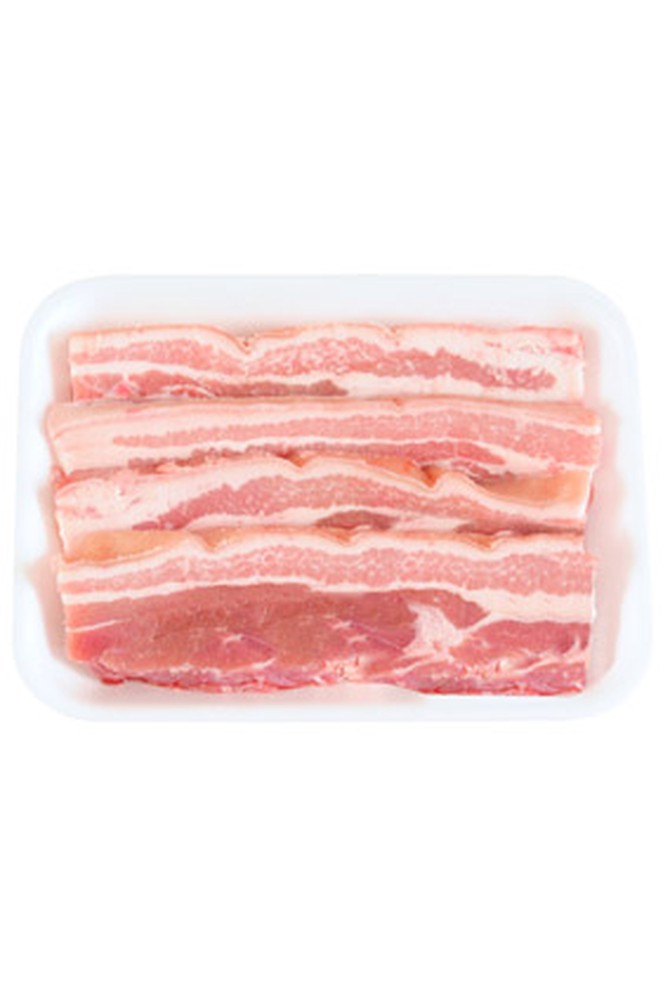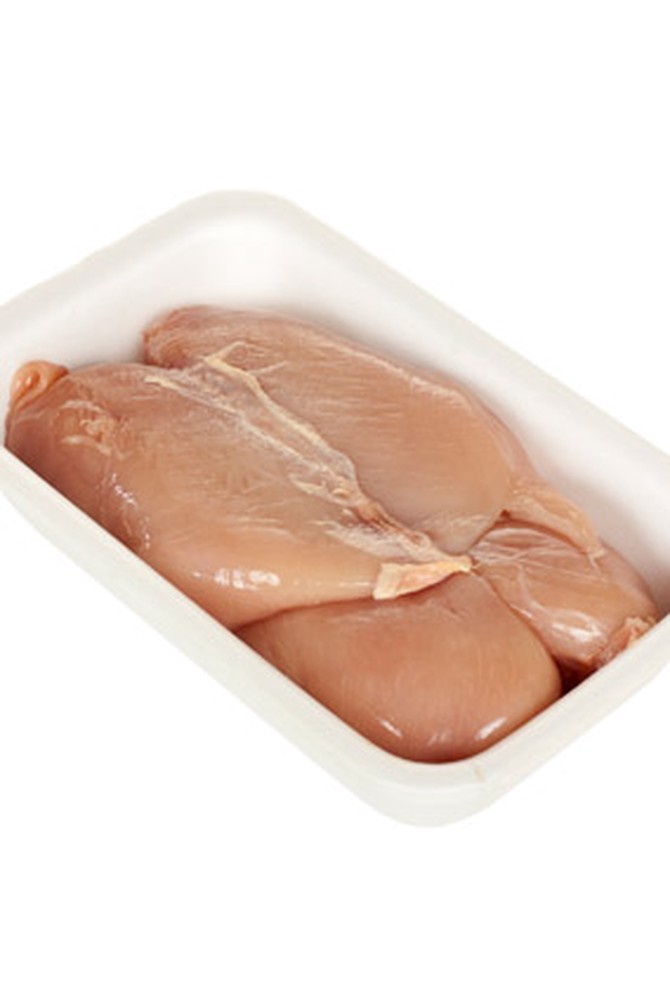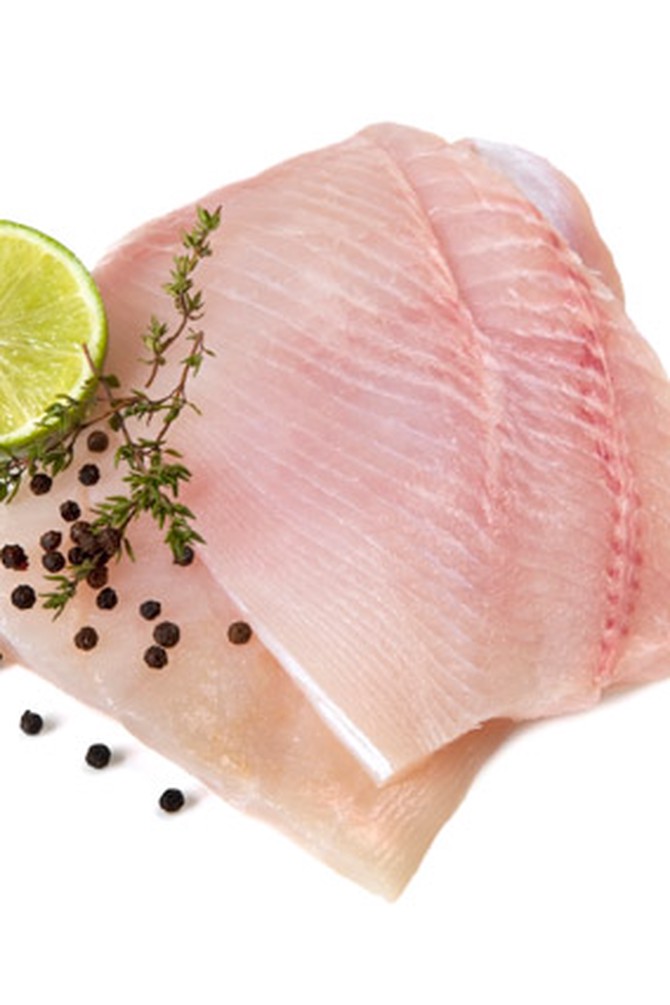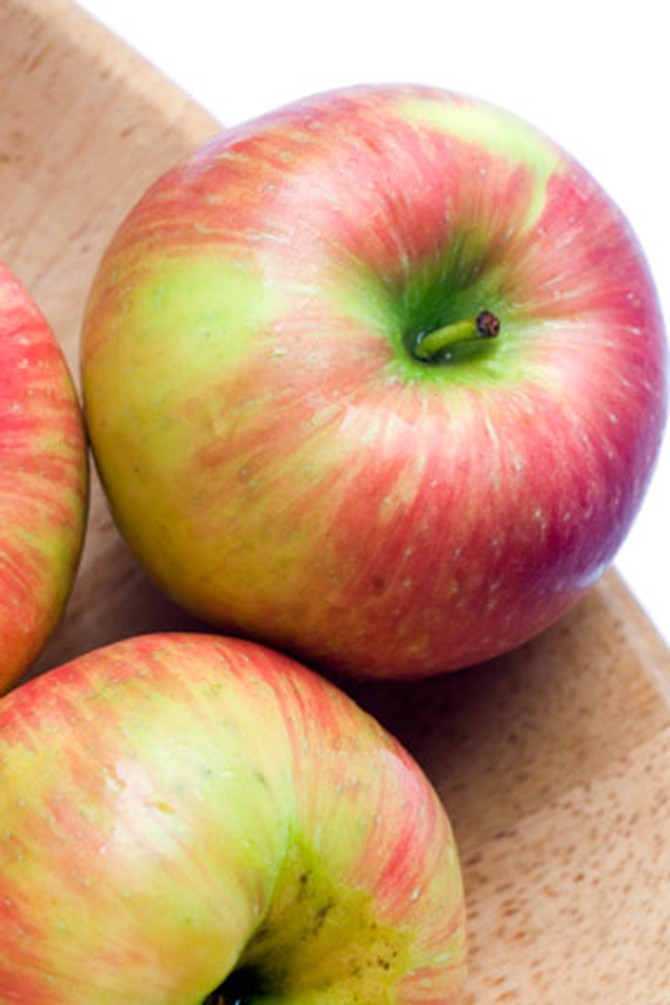Put Down the Bacon: Foods That Cost Way, Way More
Find out which grocery items have skyrocketed in price lately (plus, a surprising food that has dropped).
By Lynn Andriani

Photos: Thinkstock
Price Up: Bacon
Experts began predicting that prices would zoom up last year after droughts affected feed crops, and then a new virus affecting pigs migrated to the U.S. this summer, further lowering supply of this high-demand meat. According to the Bureau of Labor Statistics, the average cost per pound of bacon has gone up 56 percent in 10 years (from $3.14 to $4.92)—compare that to beef steaks, which are up 41 percent in 10 years. In U.S. cities, the climb has been even steeper. Over the last 12 months alone, the average price of a pound of bacon in urban areas rose 22 percent to $5.62 per pound, up from $4.61 a year earlier. But if you use bacon as an accent instead of a main course, you'll get the salty, smoky flavor without spending as much. This stew recipe calls for just two slices.

Photos: Thinkstock
Price Up: Chocolate
News that will give chocolate lovers pause: Not only is demand up for chocolate (thanks to seemingly endless reports of its health benefits) but supply is down, thanks to a shortage of cocoa beans in West Africa (the source for the majority of the world's beans). The result? Chocolate prices have soared to $12.25 per kilo (that's about 2 1/4 pounds)—up 45 percent from 2007, says The Wall Street Journal. Cocoa butter prices are rising, too (that's what gives chocolate its melt-in-your-mouth texture), which means it's costing manufacturers more to make their product. A slightly more expensive bar may still be worth it, though (here's a scientific reason why you should indulge, even—or especially—when you're stressed out).

Photos: Thinkstock
Price Up: Chicken
Surveys show 94 percent of us eat chicken, and nearly four in 10 consumers say they increased their consumption of this healthy choice from 2011 to 2012. But the price of chicken—particularly boneless breasts—has risen more than many other groceries in the past six months, finds a recent survey by the American Farm Bureau Federation. That particular cut has risen 61 cents per pound, to $3.93. Bill Roenigk, chief economist for the National Chicken Council, says high corn (i.e., chicken feed) prices are partly to blame, as well as steady demand because of breast meat's low fat and calorie content. You'll spend less if you opt for leg meat, though; Roenigk says dark meat tends to be cheaper than white, and isn't much different, calorie-wise: about 58 calories per ounce for dark, versus 47 for white (and some experts believe it's healthier for your heart).

Photos: Thinkstock
Price Up: Wild-Caught Fish
Wild-caught fish could be on its way to becoming a special treat: The global fish-price index of the UN's Food and Agricultural Organization (FAO) hit a record high earlier this year, a result of increased demand and a surge in oil prices (which has a big impact on the cost of operating fishing boats and transporting the catch). Fish that is wild (not farmed) has seen the sharpest price hike, nearly doubling between 1990 and 2012, whereas the index for farmed fish rose by only a fifth (here's why). Some of the best eco- (and wallet-) friendly options are farm-raised striped bass or farm-raised rainbow trout, which sell for about $8 a pound and have relatively light impact on the environment. That's significantly lower than wild-caught fish that offer a similar taste and texture, such as cod (which ranges from $14 to $25 a pound) or halibut ($24 a pound).

Photos: Thinkstock
Price Down: Honeycrisp Apples
The "designer" apple known as honeycrisp is sweet, juicy, snappy—and (historically, anyway) pricey, costing as much as $4.50 a pound while in-season Cortlands went for $1.50 a pound. Whether because of the catchy name or the truly sweet taste, demand has jumped in recent years, and, until recently, supply couldn't keep up, since apple trees take five or so years to begin producing fruit in enough quantities to sell commercially. (This fascinating article explains more.) Finally, though, all those honeycrisp trees are meeting demand, and the USDA's National Fruit and Vegetable Retail report says the variety is actually now going for 14 percent less per pound than it was last year.
Next: The biggest mistakes women make while grocery shopping
Next: The biggest mistakes women make while grocery shopping
Published 12/02/2013

